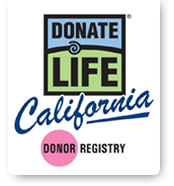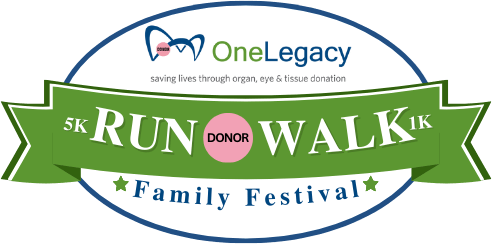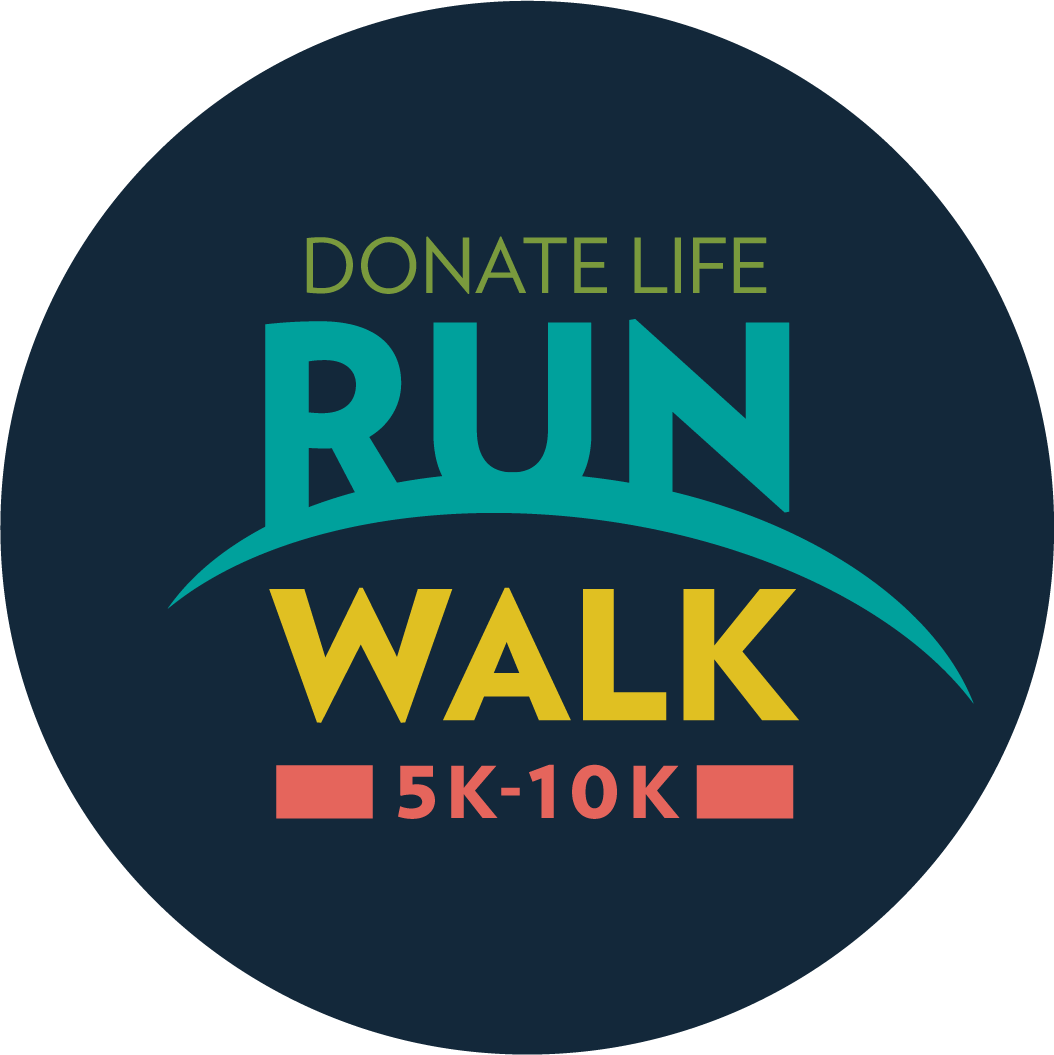Nationally, over 114,000 people on the transplant waiting list for much-needed organs. As these patients and their families hold out hope for their second chance at life, the United Network for Organ Sharing (UNOS) manages the list of those individuals across the country, ensuring that the available gifts go to those who are best matched.
Currently, there are over 23,000 Californians on the transplant waiting list. These individuals are throughout the state and a part of every community. About 90% of these individuals are waiting for a kidney transplant.
Learn more about the transplant waiting list and the current numbers here.
This system developed out of the National Organ Transplant Act in 1984, which established the Organ Procurement and Transplant Network (OPTN), a national organ sharing system to guarantee, among other things, fairness in the allocation of organs for transplant. UNOS maintains a database of all patients waiting for various organ transplants.

How to get on the National Transplant Waiting List:
1. Get a Referral: You must get a referral from your physician in order to be evaluated by a transplant program as a potential transplant candidate.
2. Gather Information: Order a free copy of Partnering with Your Transplant Team. This handbook is available from the Health Resources and Services Administration (HRSA) to provide wait-listed patients, recipients and their families a sound overview of the transplant system and suggestions for how to navigate it. Copies are available in English and Spanish and are free of charge. Obtain your copy from the HRSA Information Center: 1.888.askHRSA or www.ask.HRSA.gov.
3. Select a Transplant Program: Do as much research as possible to find a transplant hospital that meets your needs. Issues to consider include location, compatibility with your insurance program, financial arrangements and support group availability.
4. Schedule an Evaluation Appointment: Contact the transplant hospital of your choice. Schedule an appointment for an evaluation to find out if you are a good candidate for transplant. During the evaluation, ask questions to learn as much as you can about that hospital and its transplant team.
5. Get Listed: If the transplant team members determine that you are a suitable transplant candidate, they will add you to the OPTN national list of all people waiting for a transplant. The transplant team will contact you in writing about 10 days after you are listed to let you know the date and time that your name was added to the national list. Any questions you have about your status on the waiting list should be directed to your transplant team at your transplant center.
Source: organdonor.gov
For more information about the transplant waiting list, please contact your local organ procurement organization.
Learn About Living Donation
Since less than 1% of people pass away in the conditions necessary to become an organ donor there will likely always be a shortage of necessary organs. Thankfully, there is a great way to help save lives and address much of the transplant waiting list.
Since 90% of individuals are waiting for a kidney transplant we can help save lives through living donation.

A healthy living person can donate one of their kidneys or a part of their liver. Whether you know someone in need of a transplant or you’re interested in becoming an altruistic donor you can learn more at Living Donation California.







